Table of Content
Skirting tiles are an essential element in modern interior design, offering both functional and aesthetic benefits. Whether you're renovating or building a new space, understanding skirting tiles—what they are, their popular types, advantages, and pricing—can help you make informed decisions. Here’s a comprehensive guide on skirting tiles to help you enhance your home.
What are Skirting Tiles?
Skirting tiles are ceramic, porcelain, or stone tiles installed along the base of walls, where they meet the floor. They serve multiple purposes, including protecting wall surfaces from damage, concealing uneven edges, and enhancing the room’s visual appeal. By adding skirting tiles, you can create a clean, finished look that complements your overall décor.
Popular Types of Skirting Tiles
1. Ceramic Skirting Tiles
-
- Description: Made from clay and minerals, ceramic tiles are versatile and widely used for skirting. They come in various colors, patterns, and finishes.
- Advantages: Durable, easy to clean, and cost-effective.
- Best for: Residential and light commercial spaces.
2. Wooden Skirting Tiles
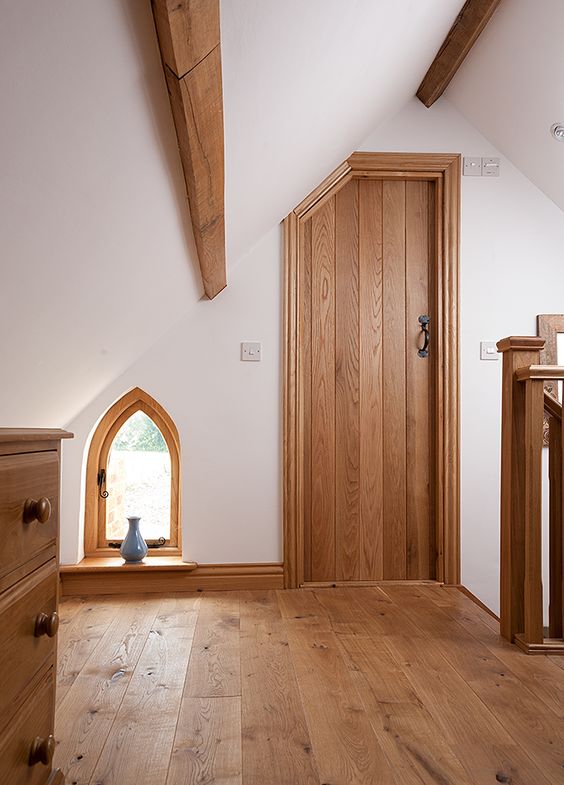
3. MDF (Medium-Density Fibreboard) Skirting Tiles
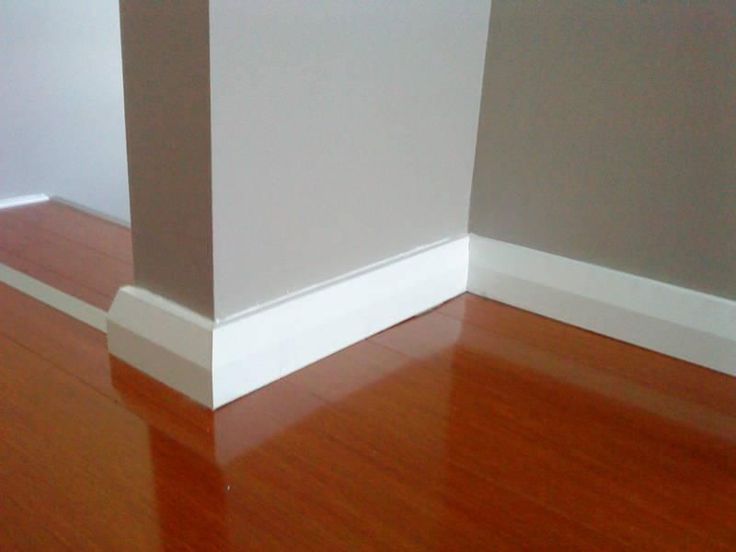
4. PVC (Polyvinyl Chloride) Skirting Tiles
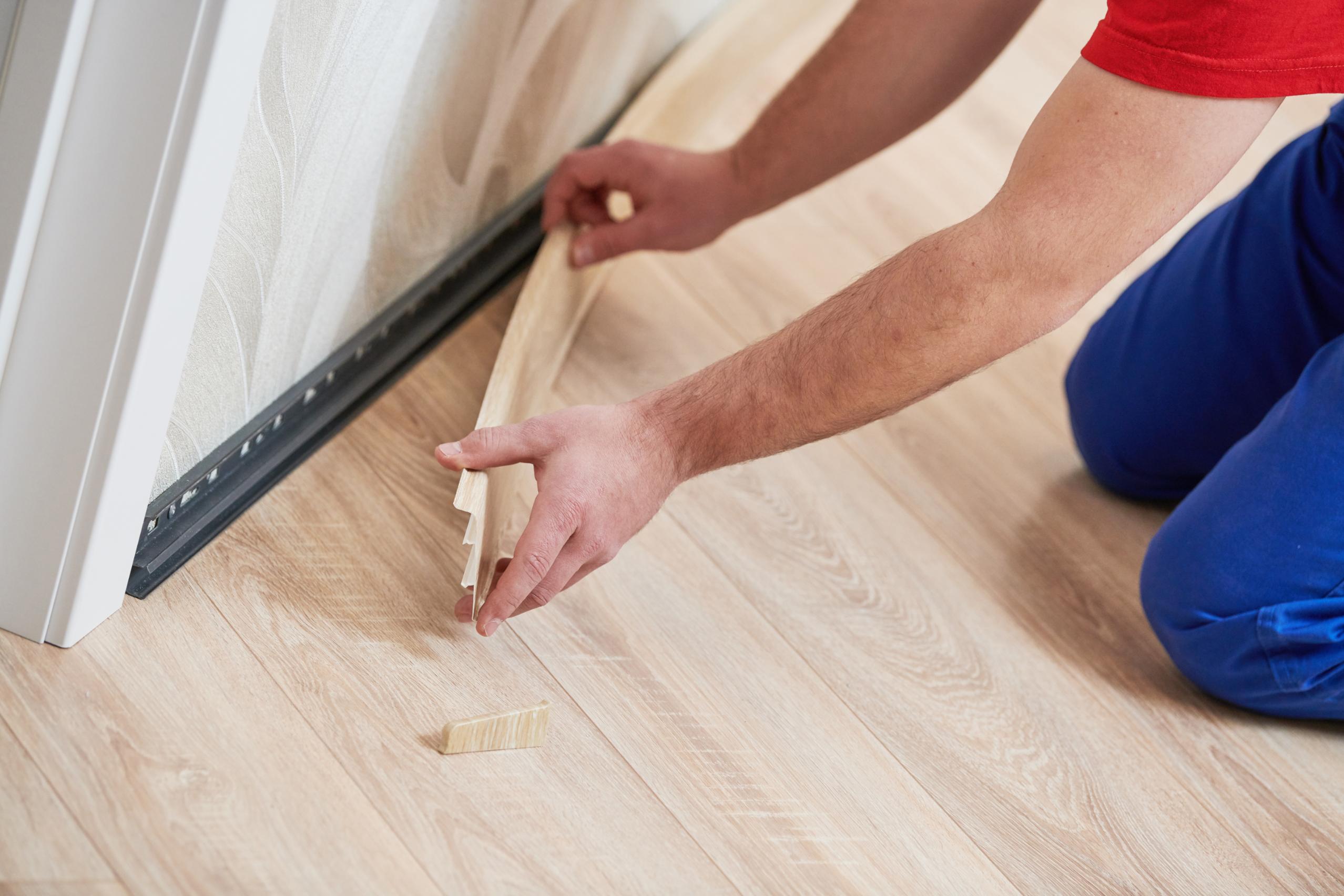
5. Metal Skirting Tiles
Metal skirting tiles, celebrated for their elegance and durability, are favored in interior designs with a contemporary or industrial theme. Despite their higher cost, they contribute to sleek aesthetics in living rooms, kitchens, and home offices, delivering a stylish and enduring skirting solution. This distinctive choice comes with its set of advantages and disadvantages.
Advantages:
- Metal tiles radiate a modern and minimalist charm, ideal for contemporary and industrial interiors, elevating the elegance of any space.
- These tiles are durable, promising resilience against wear and tear, ensuring durability.
Disadvantages:
- The unique appeal and durability of metal tiles come at a premium, potentially affecting your budget planning.
- While they excel in durability and aesthetics, these tiles may offer fewer colour choices and patterns, influencing your design options.
Cost: Price ranges from INR 110/piece to INR 750/piece, depending on factors such as thickness, e.g., 75mm or 80mm, and other variations.
Popular Skirting Tile Colours & Patterns
Choosing the right colour for skirting tiles can truly influence the overall ambience and appearance of your space. Some options you can look at are listed below.
1. Classic White Skirting Tiles
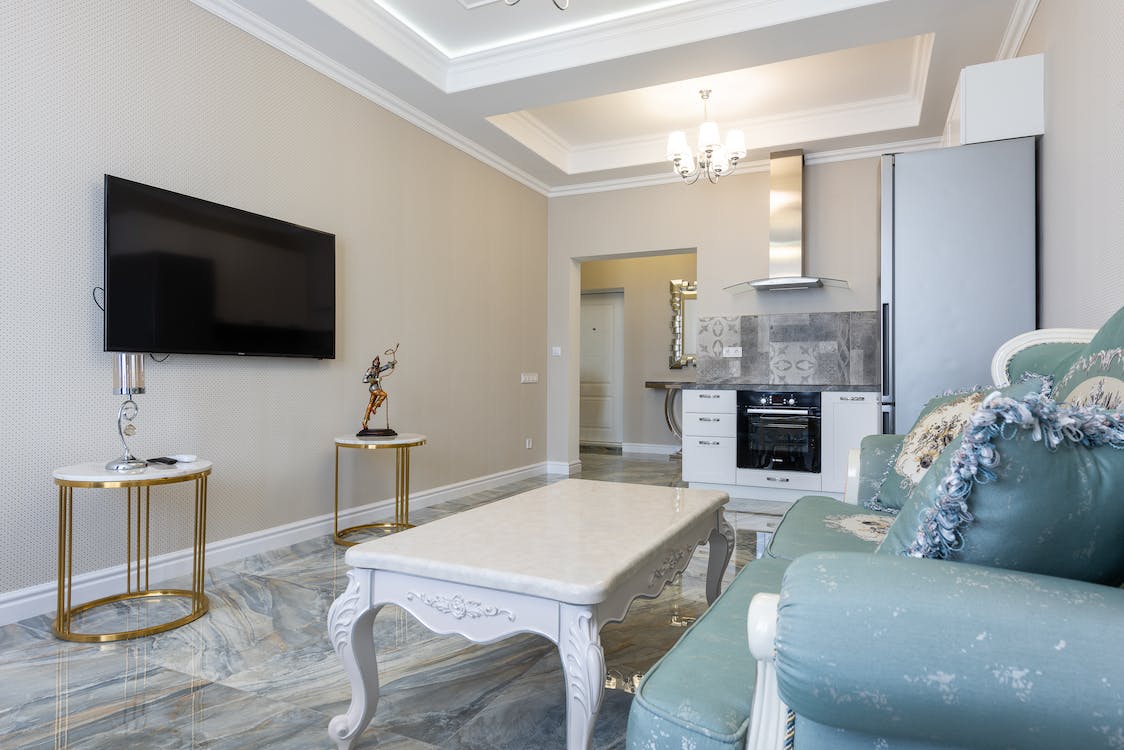
Classic White skirting tiles exude timeless elegance, making them a versatile choice for any interior style. Their clean and sophisticated appearance effortlessly complements a wide range of decor, from traditional to contemporary. White skirting tiles not only provide a fresh and airy look to your space but also act as a unifying element, allowing other design elements to shine. Whether you prefer a minimalist aesthetic or want to create a backdrop for vibrant accents, classic white skirting tiles serve as a blank canvas for your interior design creativity. Due to their timeless allure and capacity to illuminate and expand a space, these tiles are a favored selection among homeowners searching for a clean and ageless finish.
2. Black Skirting Tiles
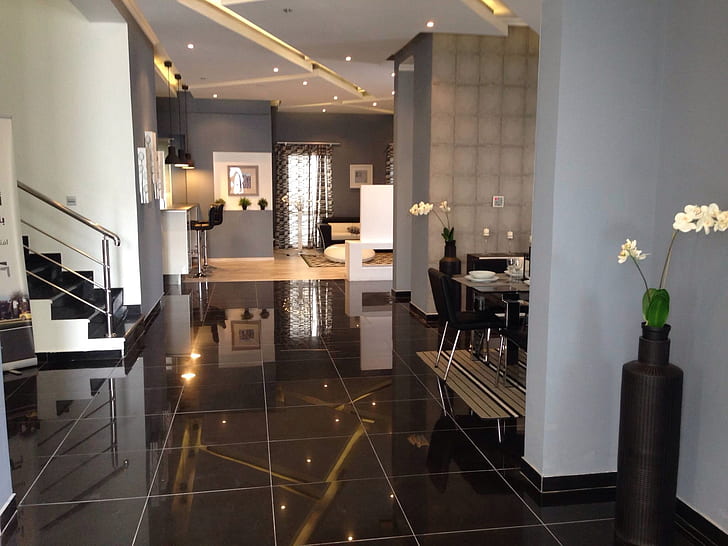
Black skirting tiles offer a bold and dramatic choice for interior design. Their deep and rich hue creates a striking contrast, adding an element of sophistication and modernity to any space. Whether used in minimalist, contemporary, or industrial decor, black skirting tiles make a statement, enhancing the overall aesthetics of a room. Their versatility allows them to serve as a design focal point or a complementary element, providing a touch of elegance and depth to your interiors.
3. Contrasting Colours

Contrasting colors in skirting tile design bring vibrancy and energy to your space. By experimenting with bold and striking color combinations, you can create a visually captivating interior. Using contrasting skirting tiles can be particularly effective in contemporary or eclectic decor, where they serve as a dynamic focal point. Whether pairing various shades of deep blues or blacks with bright whites or combining earthy tones with vivid accents, contrasting colors add depth and character to your interiors. This design approach creates a unique and personalized aesthetic, making your space stand out and reflect your style.
4. Patterned Skirting Tiles
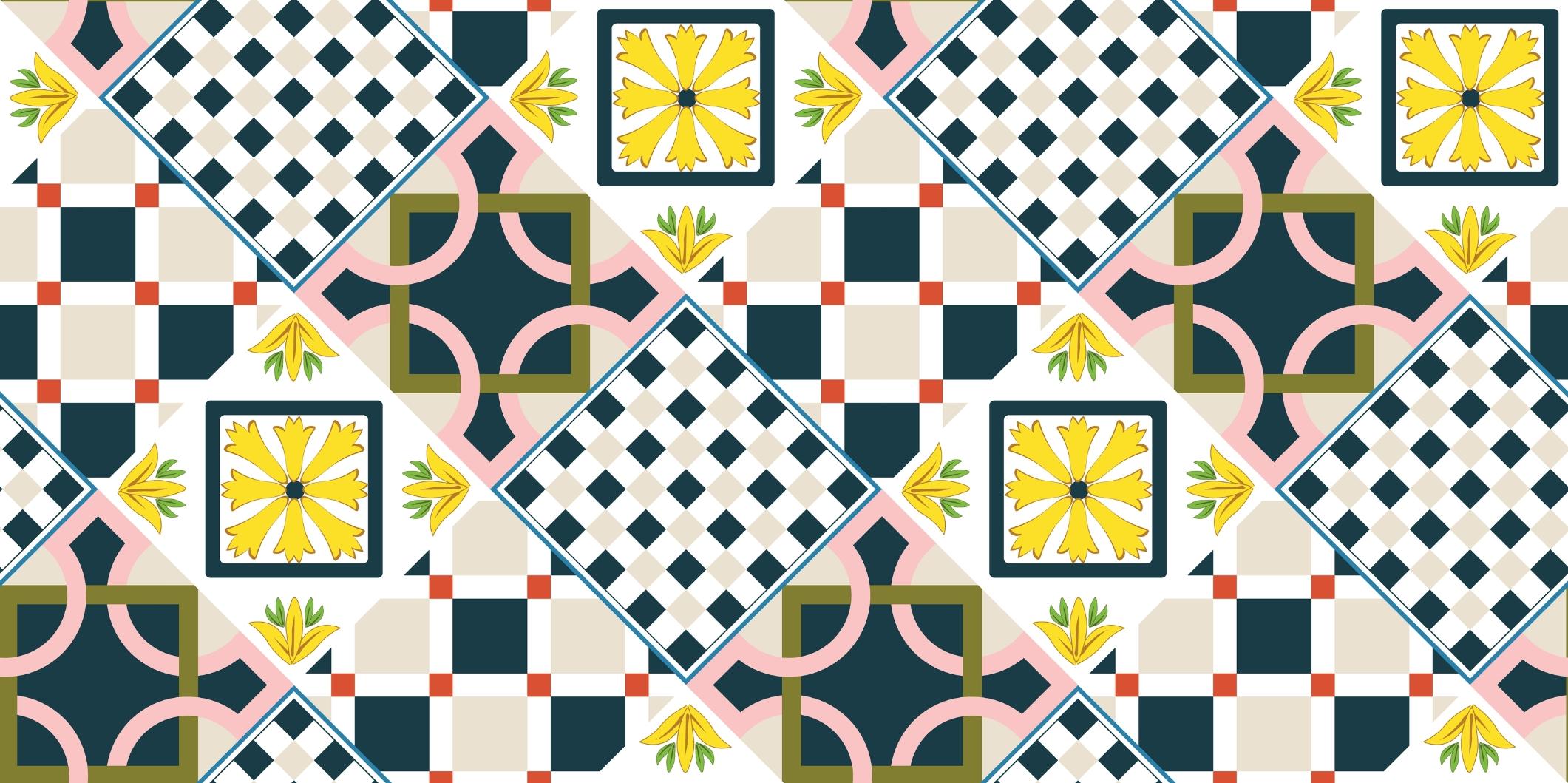
Patterned skirting tile designs invite creativity and individuality into your living spaces, offering a wide range of design options, from intricate floral motifs to geometric patterns. Whether they blend seamlessly with your room’s theme or stand out as bold focal points, these tiles enhance your home’s atmosphere with depth and visual interest.
Advantages of Skirting Tiles
- Protection Skirting tiles protect walls from damage caused by furniture, vacuum cleaners, and everyday wear and tear. They act as a buffer, preserving the wall’s integrity.
- Aesthetic Appeal They add a finished look to a room, creating a clean transition between the wall and floor. Skirting tiles come in various styles, allowing you to match them with your interior design.
- Easy Maintenance Skirting tiles are easy to clean and maintain. They don’t absorb stains like paint or wallpaper, making them ideal for high-traffic areas.
- Hides Imperfections If your walls are uneven or have imperfections, skirting tiles can cover these flaws, giving your space a polished appearance.
- Durability Tiles are highly durable and can withstand impacts better than other materials. This longevity makes them a practical choice for both residential and commercial spaces.
Conclusion
Skirting tiles are a practical and stylish choice for enhancing your home’s interior. With various types available—ceramic, porcelain, stone, vinyl, and glass—you can select the one that best suits your needs and budget. The advantages of skirting tiles, including protection, aesthetic appeal, and durability, make them a valuable addition to any space. Consider these factors and pricing details to make the best choice for your home improvement project.
Also Read: DLF sells nearly 90 independent floors for over Rs 300 crore in Gurugram

_1701066062.webp)


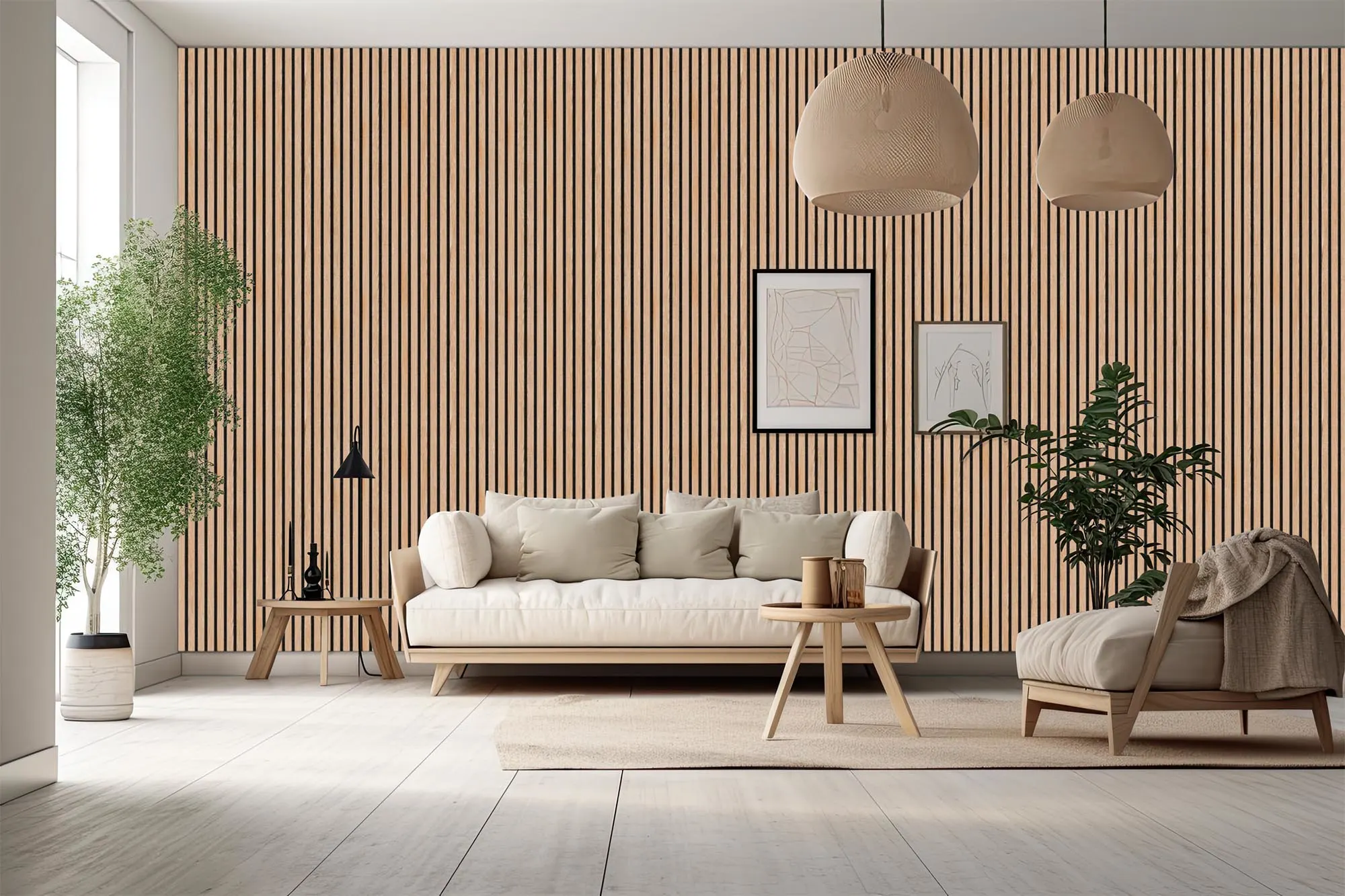







Ans 1. It is a wall treatment that lines the junction between the floor and wall with a hard-wearing cladding material. Typically, skirting is made from timber, but other materials such as ceramic tiles, MDF, and PVC are also popular choices.
Ans 2. Porcelain tiles are exceptionally durable and are an excellent choice for skirting. They are made from denser clay than ceramic tiles, which makes them less porous and more resistant to stains and water absorption.
Ans 3. Why Floor Skirting is Important For Your Home?# 1 Protects The Wall. Have you ever seen markings on the walls that were left behind by very old furniture? ...#2 Covers Gaps Between Flooring & Wall. ...#3 Beautifies A Home. ...#4 Barrier Between Wet Mops & Wall.
Ans 4. To calculate the number of tiles you need per metre of skirting board, divide the length of the tiles by 1 metre (100 cm): 100 cm / x cm (x = length of tile in cm)
Ans 5. Ceramic wall tiles are the most common as they come in various colours, patterns, textures and finishes. Check out NITCO's Ceramic Tiles Collection if you are looking for patterned wall tiles.
Ans 6. White is a great neutral color that can be used in almost any space. It's a great choice if you want to keep your walls free of color, but still have some visual interest. White tiles can also make it easier to update your home décor later on if you feel like you need a change